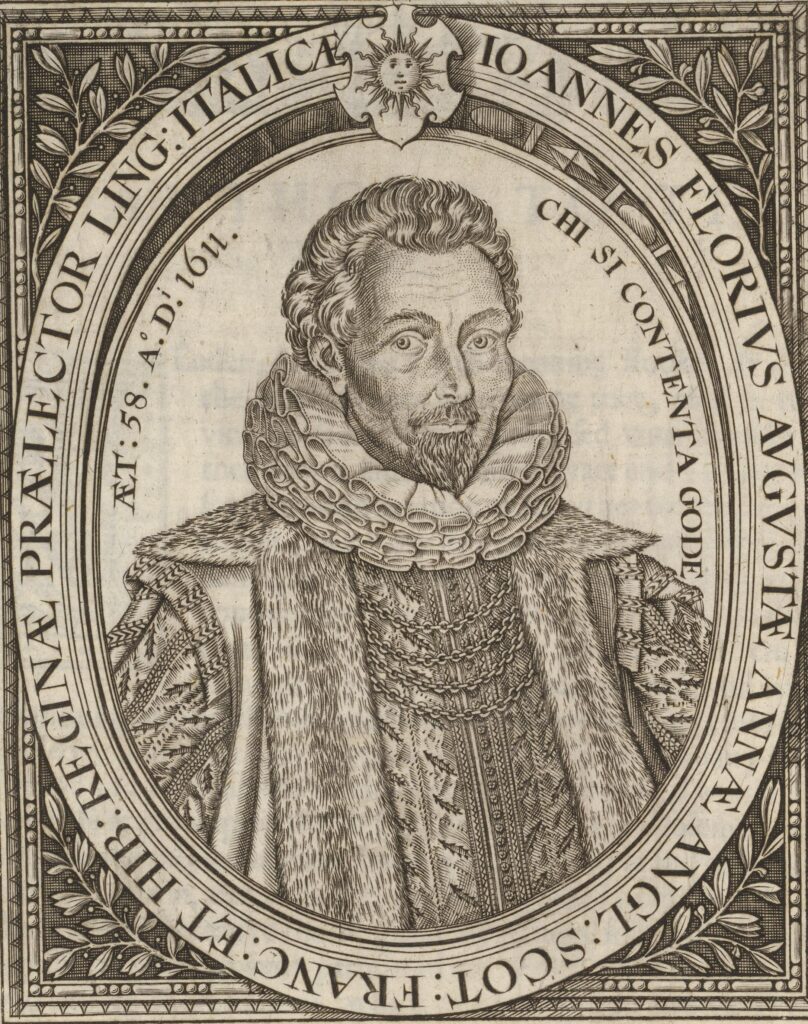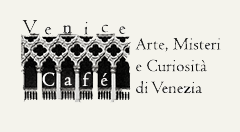Italian settings and culture in Shakespeare’s plays
No fewer than twelve Shakespeare’s plays have Italian locations as main or secondary setting: from Venice (The merchant of Venice and Othello) and Sicily (Much Ado About Nothing, The Winter’s Tale) to Padua (The Taming of the Shrew), Verona (The Two Gentlemen of Verona, Romeo and Juliet) and Messina (Much ado about nothing) he displays to know Italian settings and culture very well. Other plays are set in the Ancient Roman Empire and they have as a main or secondary setting Rome and his colonies: Julius Caesar, Coriolanus, Titus Andronicus and Antony and Cleopatra. Even when the setting is not in an Italian city, Shakespeare uses Italian characters, like in Cymbeline or The comedy of errors. In All’s Well That Ends Well, Italy is the destination for the the character Bertram, eager to escape an unwanted marriage. In Richard II, “the foppish Richard and his flattering followers are condemned for being obsessed with ‘fashions in proud Italy” A play like The Tempest, despite having an imaginary setting (but with Italian characters), it takes inspiration from Italian locations.
In his plays, Shakespeare doesn’t just use Italian settings, but he describes Italian traditions and customs. In Othello and The Merchant of Venice, for example, he mentions the “Sagittary,” a street where the arrow makers lived (now called the Frezzaria); he mentions the “penthouse” in the Ghetto Nuovo; the Venetian clogs, or zoccoli; he mentions the “common ferry,” (the traghetti which brought passengers from the “tranect” to Venice); he talks about the gondola or the Venetian custom of presenting “a dish of doves” as a gift or peace offering. In Much Ado about Nothing, he describes a masked ball (Act 2), which “allows for flirtation and comic mistaking of identity, yet, in a darker vein, disguise also allows Don John to trick Claudio into thinking that Hero is unfaithful to him. Shakespeare clearly wanted to use the association of Italy with carnival-like entertainments.”
The cultural differences between Italian cities-states.
Shakespeare is aware also of the cultural differences between Italian cities-states. For example, he knows that in Venice, there was a presence of different ethnic groups. The character of Shylock (a Jewish man depicted in The Merchant of Venice) “would simply not have been possible in an English setting: Jews had been expelled from England at the end of the 13th century. There were a small number in Elizabethan London, though they could not openly avow their religion. There were also some so-called Marranos, descendants of Jews from Spain or Portugal who had been forced to convert to Christianity (as Shylock eventually is)”
Richard Paul Roe, in his book The Shakespeare Guide to Italy: Retracing the Bard’s Unknown Travel, uncovers the depth of Shakespeare’s knowledge of the places, the language, the culture of Italy that so deeply permeate his works. Roe finds out that Shakespeare’s plays regarding Italy do not have a setting only suggested by fantasy, as Stratfordian schollers propose, but also grounded in the places that he describes. Thus, in this book, Roe demonstrates that Shakespeare knowledge of Italy was not ‘patchy’ at all but, instead, deep and profound.
In Shakespeare and Italy, Ernesto Grillo states that Shakespeare set 106 scenes in Italy and used over 800 references to Italy in general: precisely 400 references to Rome; 52 to Venice; 34 to Naples; 25 to Milan; 23 to Florence; 22 to Padua and 20 to Verona.
John Florio’s Italian origins, and his works, are the reasons behind Shakespeare’s deep knowledge of Italian language, culture and traditions. In his works, in fact, he mentions many Italian cities, showing not only his deep knowledge of them, but describes their history and culture. In Second Fruits, for example, he mentions many North Italian cities, like Mantua, Ferrara, Padoa and Venice, describing with proverbs and fine sayings their customs and traditions. In A World of Words (1598) and Queen Anna’s New World of Words (1613), Florio lists a huge number of Italian cities describing their dialect and traditions.
Bibliography
Books:
- Keir Elam, Shakespeare’s Italy: Functions of Italian Locations in Renaissance Drama (Manchester University Press, 1989)
- John Florio, Second Fruits (1591) and A World of Words (1598)
- Ernesto Grillo, Shakespeare and Italy (Collins, 1949)
- Richard Paul Roe, The Shakespeare Guide to Italy: Retracing the Bard’s Unknown Travels (HarperCollins, 2011)
- Francesco Sabatini, Shakespeare e l’Italia (Laterza, 2004)
Articles:
- Jerry Brotton, “Shakespeare’s Venice: Race and Power” (Renaissance Quarterly, 1998)
- Gillian E. Gower, “Shakespeare’s Italy: The Topography of Desire in ‘Romeo and Juliet’ and ‘The Merchant of Venice’” (Shakespeare Studies, 2007)
- Michael Hattaway, “Shakespeare and Renaissance Italy” in The Cambridge Companion to Shakespeare (Cambridge University Press, 2001)
- David McPherson, “Shakespeare, Italy, and Florio” (Shakespeare Quarterly, 1967)
Additional Studies:
- Peter Holland, “Italian Setting and the Plays of Shakespeare” (Renaissance Drama, 1997)
- Roger Prior, “Shakespeare’s Visit to Italy: A Proof” (The Review of English Studies, 2000)




